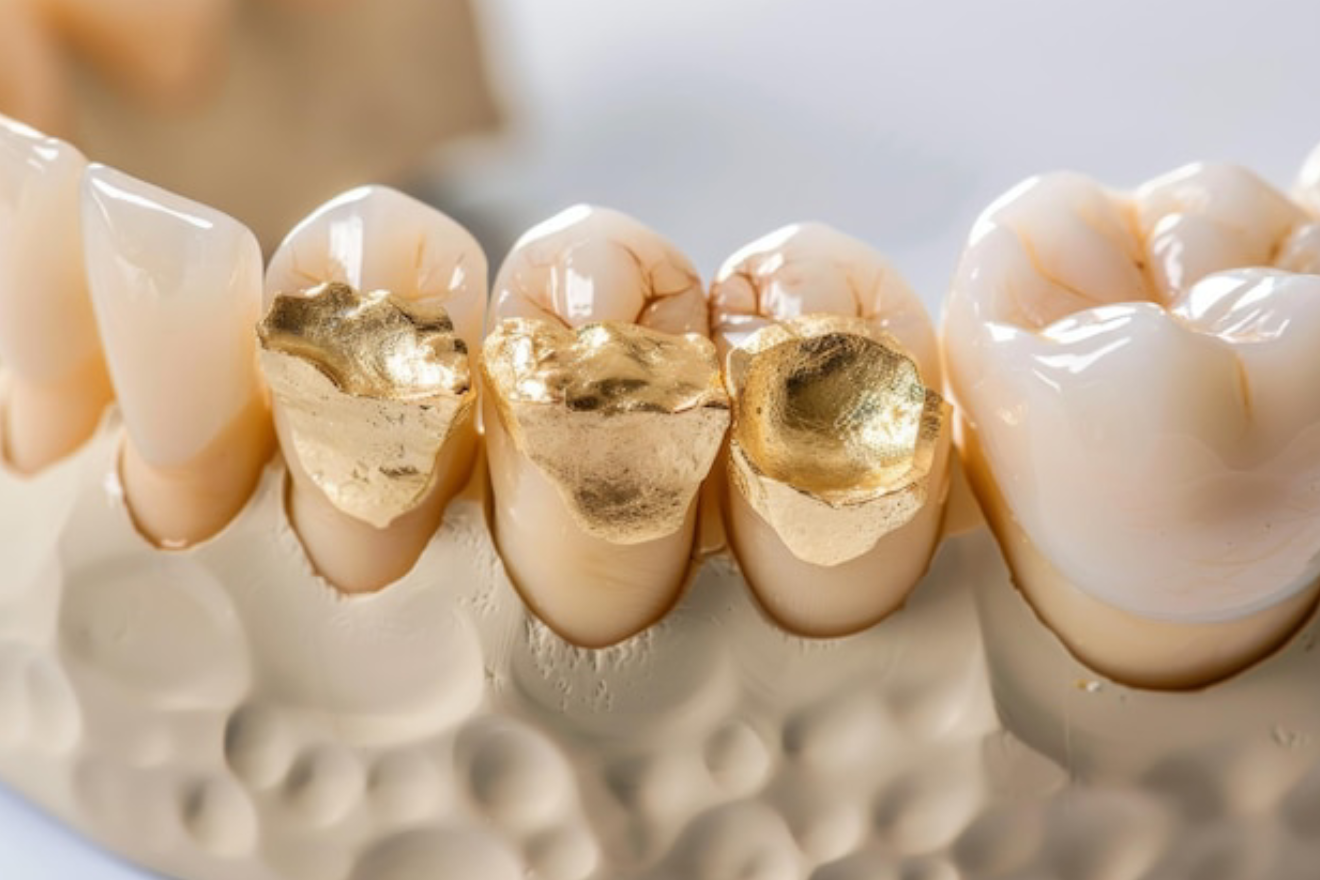Comprehensive Guide to Ceramic and Zircon Crowns
Ceramic and zircon crowns are advanced restorative dental treatments used to restore damaged or weakened teeth, providing both functional and aesthetic benefits. These crowns are known for their durability and natural appearance, making them popular choices for many patients. Here’s a detailed guide to ceramic and zircon crowns, including their benefits, differences, and the application process.
What Are Ceramic and Zircon Crowns?
Ceramic crowns and zircon crowns are types of dental crowns made from different materials that are used to cover and protect damaged or compromised teeth. They are custom-made to fit over the existing tooth, restoring its shape, size, and function while enhancing its appearance.
- Ceramic Crowns: Made from a high-quality dental ceramic material, ceramic crowns are known for their natural appearance and ability to mimic the translucency and color of natural teeth. They are often used for front teeth due to their aesthetic qualities.
- Zircon Crowns: Zircon crowns are made from zirconium dioxide, a strong and durable material that offers excellent resistance to wear and fracture. Zircon crowns are known for their strength and are suitable for both front and back teeth.
Benefits of Ceramic and Zircon Crowns
- Aesthetic Appeal: Both ceramic crowns and zircon crowns provide a natural-looking result that blends seamlessly with the surrounding teeth. Ceramic crowns are especially favored for their lifelike appearance, making them ideal for visible teeth.
- Durability: Zircon crowns are renowned for their strength and resistance to fractures, making them suitable for areas of the mouth that endure significant chewing forces. Ceramic crowns also offer good durability but may not be as strong as zircon crowns.
- Biocompatibility: Both types of crowns are biocompatible, meaning they are well-tolerated by the body and do not cause allergic reactions or adverse effects.
- Minimally Invasive: The application of ceramic and zircon crowns typically requires minimal reduction of the natural tooth structure, preserving more of the original tooth compared to other types of crowns.
- Stain Resistance: Ceramic crowns and zircon crowns are resistant to staining and discoloration, helping to maintain a bright and attractive smile over time.
Differences Between Ceramic and Zircon Crowns
- Material: Ceramic crowns are made from dental porcelain or ceramic, which provides a natural appearance. Zircon crowns are made from zirconium dioxide, a strong, durable material.
- Strength: Zircon crowns offer superior strength and resistance to wear, making them suitable for areas with heavy chewing pressure. Ceramic crowns are durable but may be more prone to chipping or cracking under excessive force.
- Appearance: Ceramic crowns are highly aesthetic and are often preferred for front teeth due to their translucent quality. Zircon crowns can also be aesthetically pleasing but are often chosen for their strength in posterior teeth.
The Crown Application Process
- Initial Consultation: The process begins with an initial consultation where your dentist will evaluate your dental health, discuss your needs, and determine if a ceramic or zircon crown is the best option for you.
- Tooth Preparation: To prepare for the crown, your dentist will remove any damaged or decayed areas of the tooth and shape it to accommodate the crown. This step ensures a proper fit and alignment.
- Impressions and Imaging: Impressions or digital scans of the prepared tooth will be taken to create a custom crown that fits precisely. These impressions help ensure a comfortable and accurate result.
- Temporary Crown: A temporary crown may be placed while your permanent crown is being fabricated. This temporary crown protects the prepared tooth and maintains its appearance and function.
- Crown Fabrication: The custom crown is fabricated based on the impressions taken. For ceramic crowns, a dental laboratory will create the crown from high-quality ceramic material. For zircon crowns, the crown is made from durable zirconium dioxide.
- Crown Placement: Once the permanent crown is ready, your dentist will place it over the prepared tooth and make any necessary adjustments to ensure a proper fit and alignment. The crown is then bonded to the tooth using a strong dental adhesive.
- Follow-Up: After the crown is placed, follow-up visits may be scheduled to check the fit and ensure that the crown is functioning properly. Your dentist will also provide instructions on caring for your new crown.
Care and Maintenance of Ceramic and Zircon Crowns
- Oral Hygiene: Maintain good oral hygiene by brushing twice daily and flossing regularly. This helps prevent plaque buildup and maintains the health of your natural teeth and gums.
- Avoid Hard Foods: To protect your crown, avoid chewing on hard objects or foods that may cause damage. This is particularly important for ceramic crowns, which may be more prone to chipping.
- Regular Check-Ups: Schedule regular dental check-ups to monitor the condition of your crown and ensure that your oral health is maintained.
- Address Issues Promptly: If you experience any discomfort, changes in fit, or visible damage to your crown, contact your dentist promptly for evaluation and repair.
Potential Considerations
While ceramic crowns and zircon crowns offer many benefits, consider the following:
- Cost: The cost of crowns can vary based on the material and complexity of the treatment. Zircon crowns may be more expensive due to their durability and strength.
- Sensitivity: Some patients may experience temporary tooth sensitivity after the placement of a crown, which usually resolves over time.
- Longevity: While both types of crowns are durable, they may eventually need to be replaced due to wear or damage.
Conclusion
Ceramic and zircon crowns provide effective solutions for restoring damaged or weakened teeth while offering natural-looking and durable results. By understanding the benefits, differences, and care associated with these crowns, you can make an informed decision and enjoy the restorative and aesthetic advantages they offer. Consult with your dentist to explore which type of crown best meets your needs and ensures a beautiful, functional smile.


